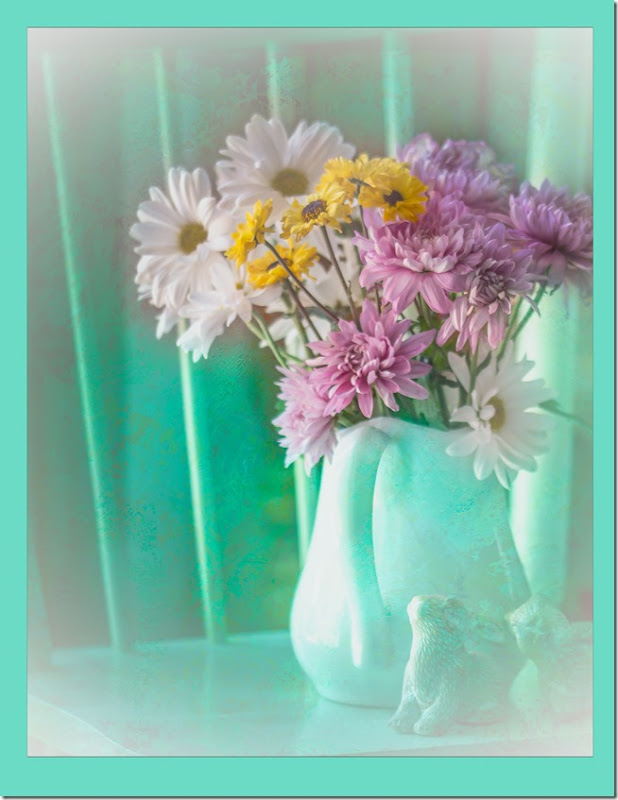
Our property has been given a Backyard Habitat certification by the Canadian and National Wildlife Federation. That means that we provide food, water, shelter, nesting sites, host plants for insect larvae and keep our property pesticide free for welcoming nature.
One of our annual visitors to the backyard is the Ruby-throated Hummingbird. This tiny male with the red bow tie arrives in May to visit the feeder. The female will arrive later. We put the feeder out the first week of May as we never know the exact date they will arrive. If we are late they appear at the kitchen window announcing their arrival. We know that spring and summer are finally here. Throughout the warm season we see them darting in and out of the various flowers. Red is supposed to be the colour that they are most attracted to but I can't see that they are more attracted to one colour over another in the garden. The hummingbird will even come down to investigate a colourful shirt I may be wearing.
At this time of the year they are preparing to leave us for their winter homes. More than one will appear at the feeder at the same time and then there is a squabble. They dip and dive at each other like they are on a trapese, back and forth and up and down. They squeak like teddy bears all the while. It is such fun to watch. In early September they will bide us adieu. I will miss them but will look forward till next May when they appear again in our garden.




